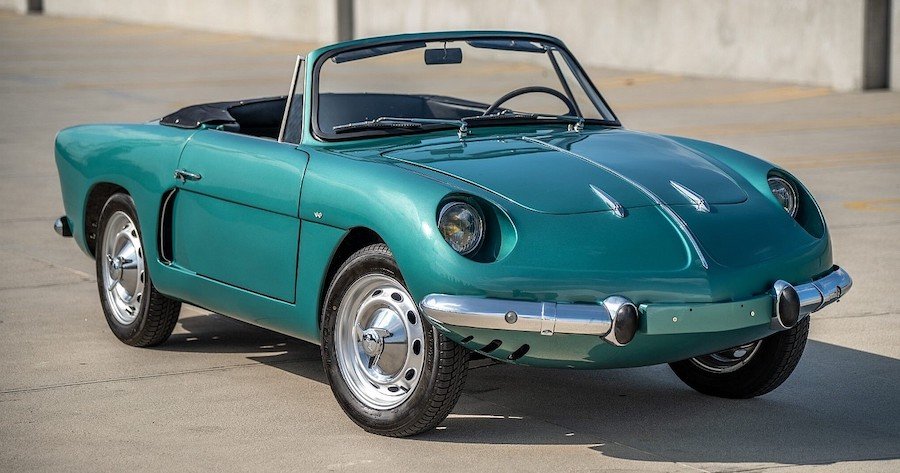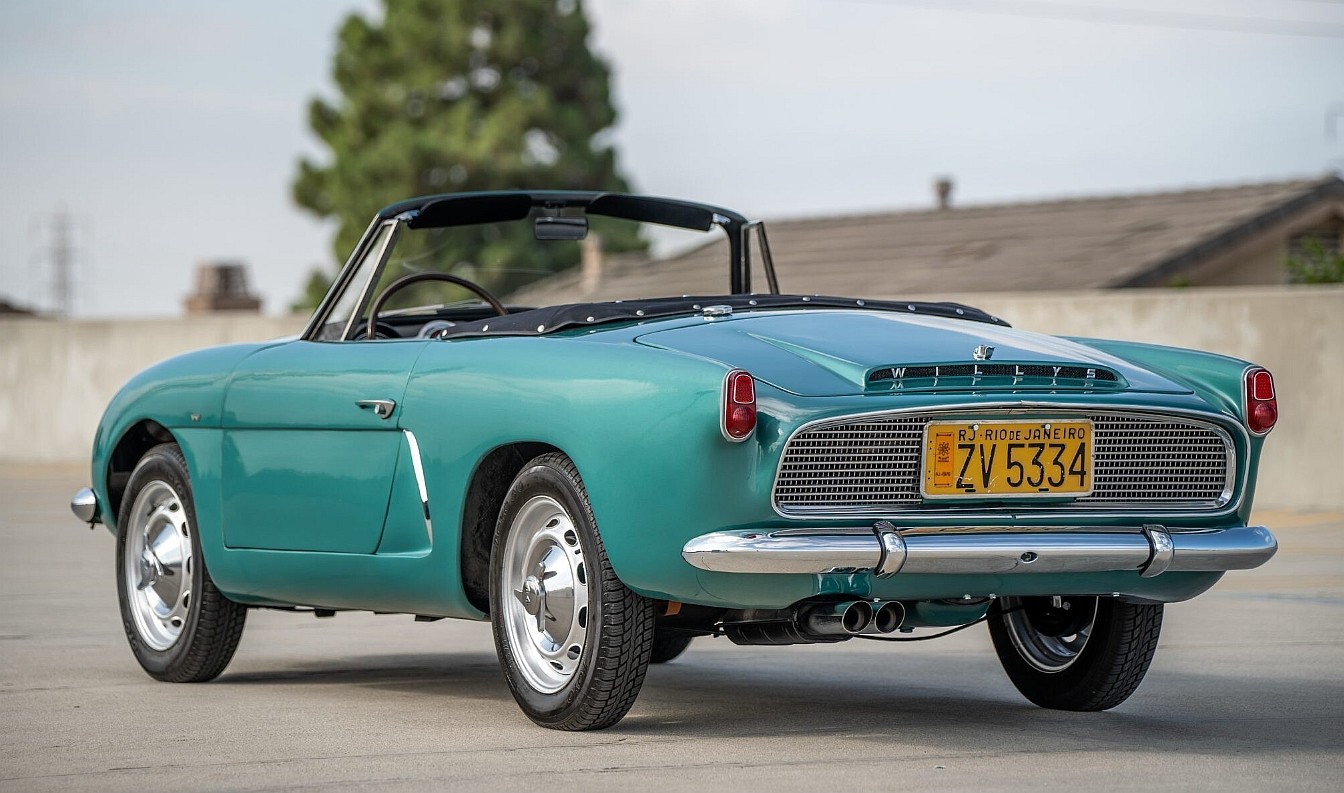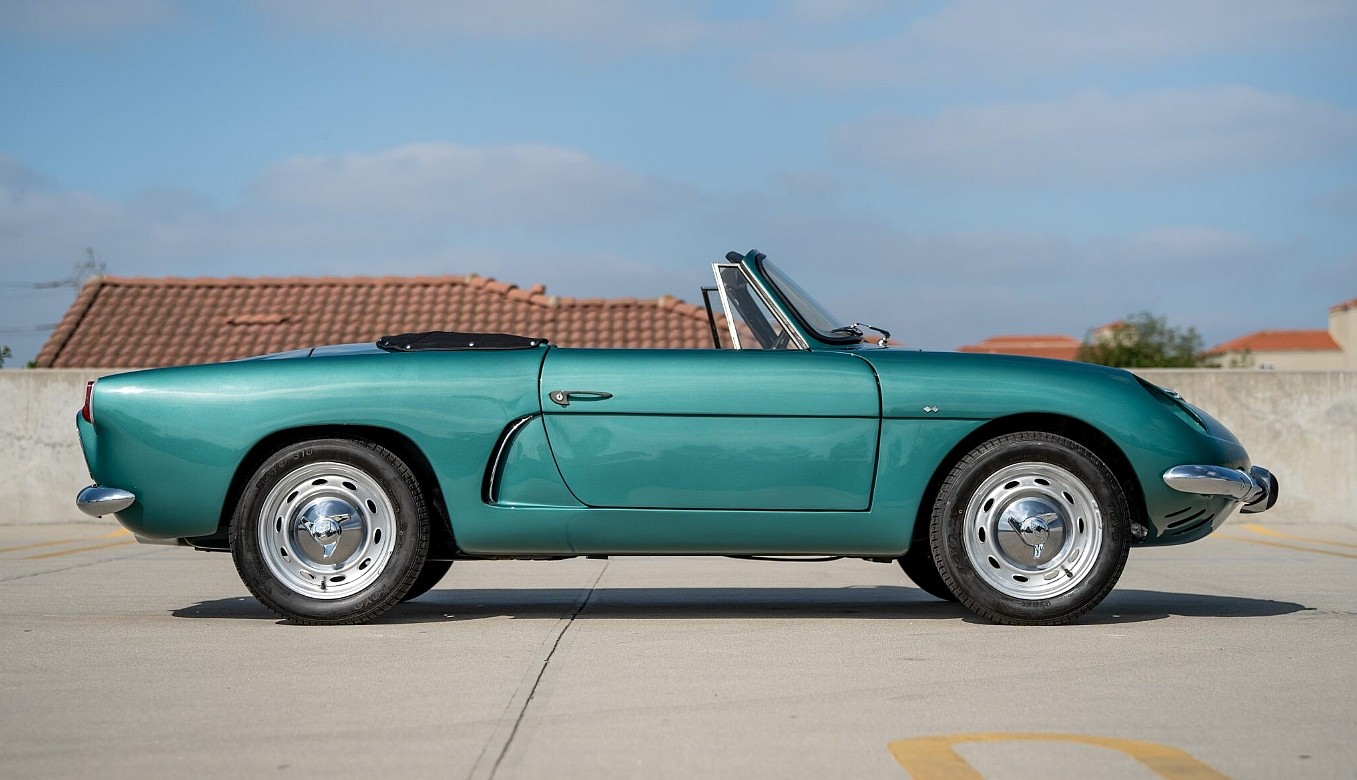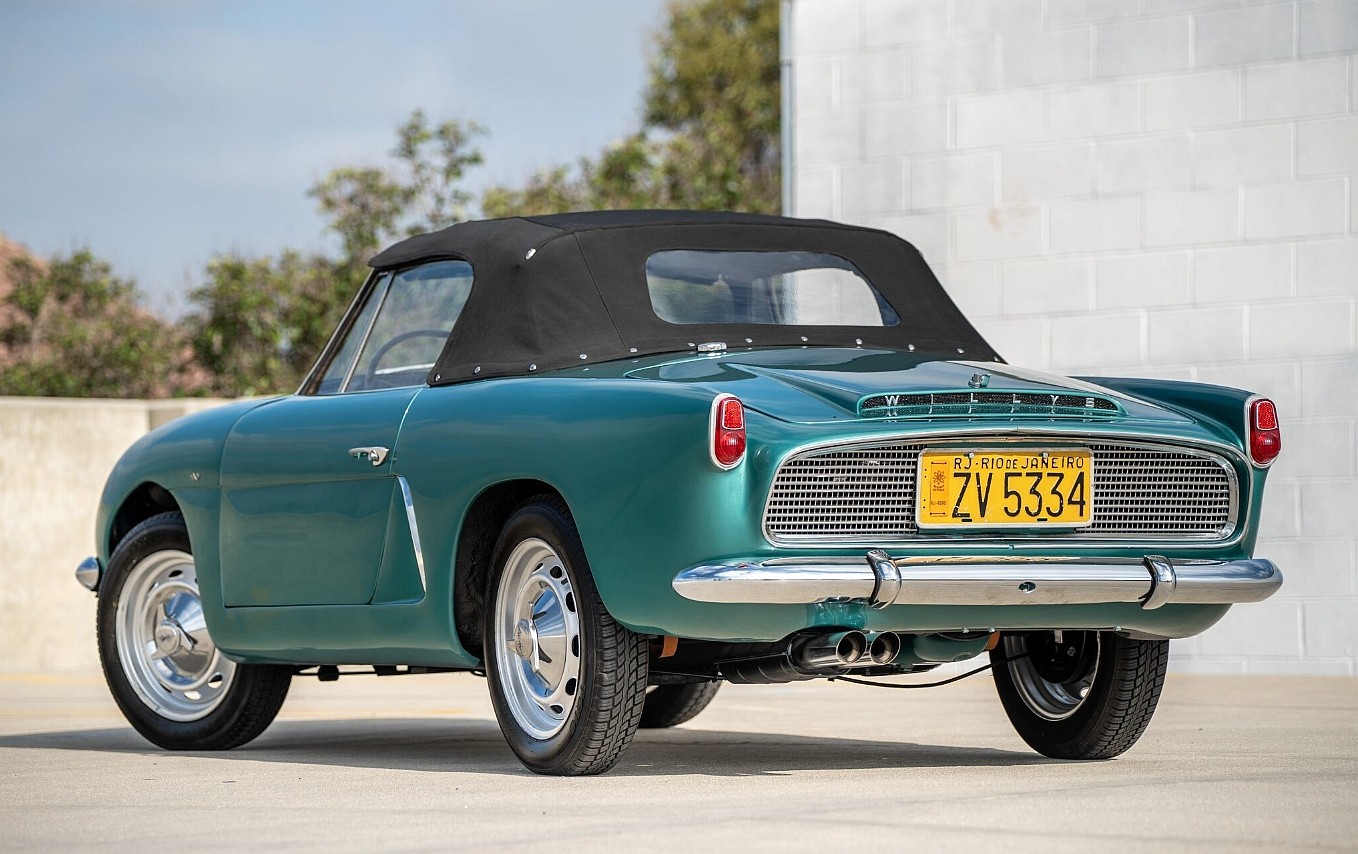This 1962 Willys Interlagos Is a Rare, Brazilian-Made Sports Car With Alpine Roots

Willys disappeared in 1953 when it merged with Kaiser Motors to form Kaiser Jeep. The latter was purchased by American Motors Corporation (AMC) in 1970 and became the stand-alone Jeep brand we know today. But Willys is more than just a somewhat forgotten company that gave us the iconic CJ.
John Willys' venture produced quite a few automobiles before World War 2. From 1912 to 1918, it was the second-largest carmaker in the United States after Ford Motor Company. Its legacy also includes the 77 and the Americar, two cars that have become synonymous with gassers, and the Aero, one of America's first compact vehicles.
And while the Willys name disappeared in the US in the 1950s, it continued appearing on vehicles in South America until the 1970s. That's because Willys-Overland established Brazilian operations right before the Kaiser-Frazer takeover. Production included various versions of the Aero and a trio of cars built under license from Renault.
Willys started building the small, rear-engined Dauphine in 1959 and added the sportier Gordini version to its lineup in 1962. A year before the Gordini arrived, Willys introduced the Interlagos. Based on the Alpine 108, the Interlagos became the first Brazilian-made sports car.
But despite being an innovative car for the South American country, the Interlagos did not sell well, and it's pretty much unknown today. For reference, while Willys moved almost 75,000 Dauphines, the Interlagos found only 822 customers from 1961 to 1966. That's less than 140 units per year on average!
The Interlagos wasn't officially exported outside Brazil, but some examples made it past the border. And about a handful of them were brought to the US over the years. The 1962 convertible you see here is arguably the finest I've ever seen.
Sharing the same Michelotti-designed shell with its French sibling, this Interlagos is one of the earliest examples put together in Brazil. And on top of sporting serial number 10, it's also one of fewer than 80 convertibles made.
And even though it has been restored with a long list of Alpine and OEM parts, it's still highly original and sports the factory seats and the correct 845cc four-cylinder engine. It runs and drives as good as it looks, and it's waiting for a new owner in Costa Mesa, California. It's priced at $79,000, which is a lot of an unknown classic, but not so much for a vehicle in Concours-ready condition.
Unfamiliar with the Alpine 108 this drop-top is based on? The French company introduced the A108 as a replacement for the A106 in 1958. Developed on mechanical components from the Renault Dauphine, the A108 was initially available only as a two-seater, but Alpine launched cabriolet and 2+2 models in 1960.
The engine lineup included a pair of water-cooled four-cylinder engines. The 845cc unit delivered 37 horsepower, while the 0.9-liter mill was rated 53 horses. Even though Alpine built only 1,500 examples in France, the A108 is credited with having played a key role in turning Alpine into a mainstream manufacturer. The A108 was discontinued in 1965 when it was succeeded by the more iconic A110, which debuted in 1963.




Related News
